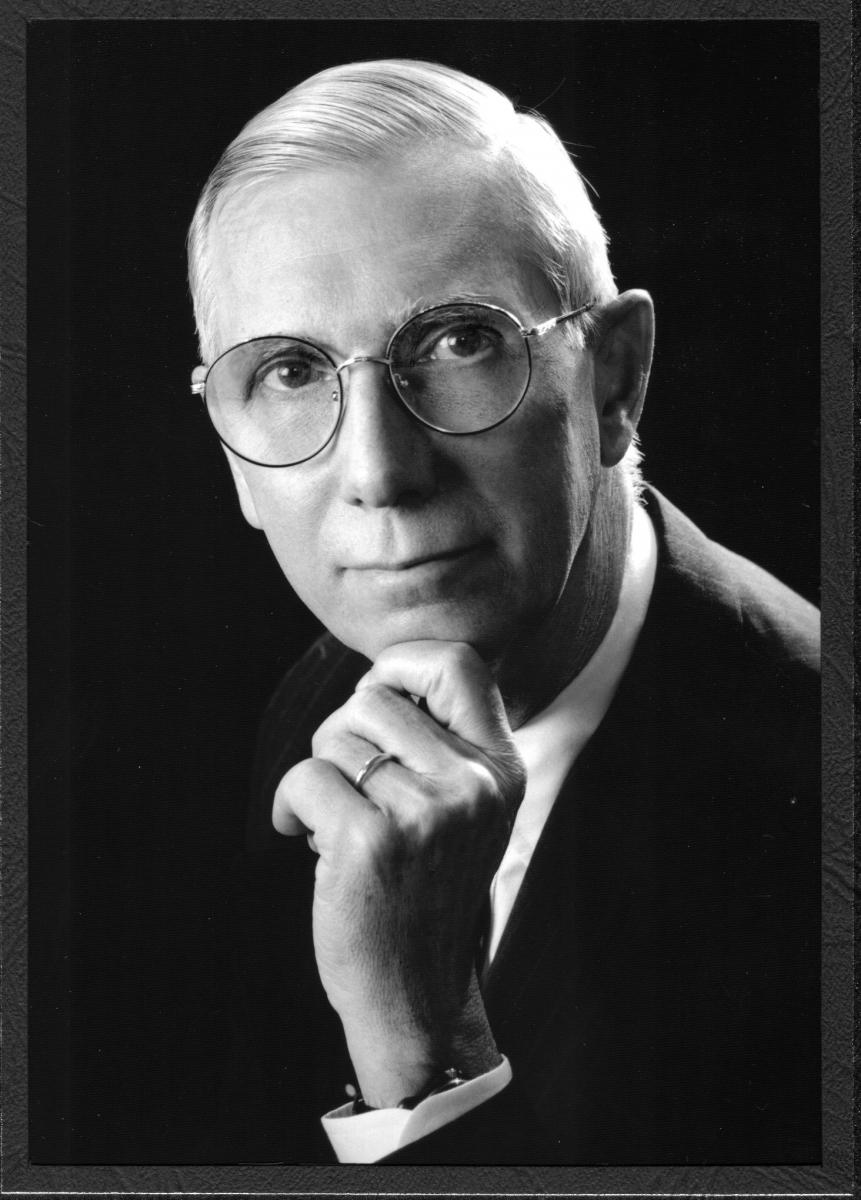GEORGE HILL, MD, became a Damon Runyon Fellow in the 1950’s, and recently reconnected with us at our 2017 Annual Breakfast. He was amazed to learn about the breadth of our innovative research projects.
 Asked what advice he might give today’s Damon Runyon Fellows, he said, “The most important thing is to find a really, really good mentor. Science is done as a team; you can’t do it alone. You’ve got to find the best person who will make you work hard. It’s the only way to do it.”
Asked what advice he might give today’s Damon Runyon Fellows, he said, “The most important thing is to find a really, really good mentor. Science is done as a team; you can’t do it alone. You’ve got to find the best person who will make you work hard. It’s the only way to do it.”
George credits an inquisitive mind for leading him down a path that would take him from the farmlands of Iowa to Yale University and Harvard Medical School, and would ultimately earn him a Damon Runyon Fellowship in 1958, which helped launch a prolific career in oncology.
This was an exciting period in cancer research. It was the first time tumors were cured using radiotherapy and chemotherapy, and cancer immunotherapy was just being discovered. The Damon Runyon grant provided him with the time and resources to study the emerging field of tissue culture of tumor cells. “When I got interested in surgical oncology, it was not because I wanted to do cancer surgery. It was because I wanted to apply drugs and immunotherapy to improve on the outcome of surgery.”
For many patients, this meant that a cancer diagnosis was no longer necessarily a death sentence.
“My goal was to add the use of drugs and hormones and immunotherapy with cells or immune serum, so my research was largely in those fields. That was all the resolve of the discovery at the Children’s Hospital in Boston that patients with really advanced cancers, Wilm’s tumors and rhabdomyosarcomas could be totally cured from all metastases from all of the local disease with minimal surgery and the addition of radiation and new drugs that they called chemotherapy. The drugs that were used at that point in time were very primitive, very powerful and toxic, but very useful.”
By the time George retired from practicing medicine and teaching in 1996, he had traveled around the country from the University of Colorado to Washington University in St. Louis, Missouri, and then to Marshall University in Huntington, West Virginia, and finally the University of Medicine and Dentistry of New Jersey in Newark, New Jersey.
“The thing I’m most proud of is my time as a family physician. I was the family doctor for so many people who had cancer, and we would do the best we could for them.”
Learn more about his fascinating life here.







